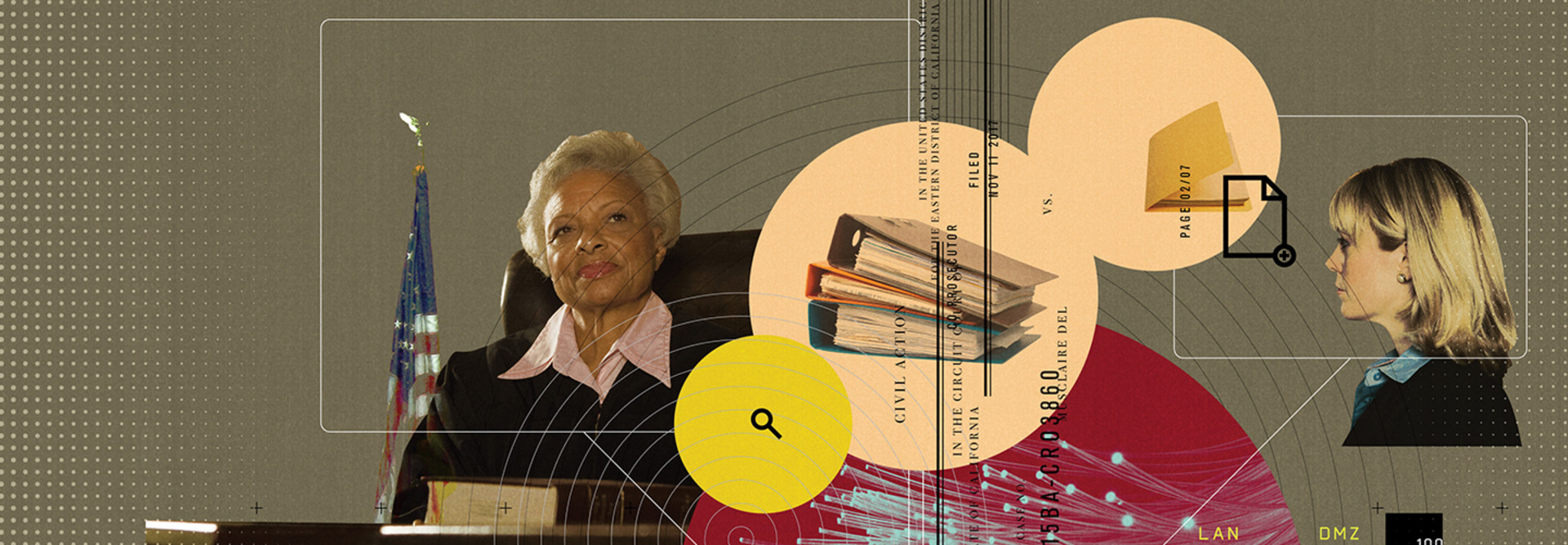Krishnamurthy used grant funds to purchase a set of new equipment from Stem Audio. “Fortunately, it was a big success,” she says.
The package from Stem included tabletop speakerphones, each equipped with nine beamforming microphones. It also included a tool called Stem Hub, which centralizes the audio from the speakerphones. “The sound quality is great,” Krishnamurthy says.
Videoconferencing at Sonoma County Superior Court has become routine over the past year and a half, Krishnamurthy says, and she doubts that will change when the pandemic is over.
“Now, as long as you have the right technologies, you can attend your hearing from anywhere,” she says. In many cases, virtual proceedings won’t be appropriate, “but we’ve learned that we can conduct business in a different way when we need to.”
RELATED: How have civil court systems embraced remote technology during the pandemic?
Virtual Court Tools Transform Participation in Maricopa County.
Another local court IT leader who believes virtual access is here to stay is Charisse Richards, CIO of Maricopa County Superior Court in Arizona.
Prior to the pandemic, the Phoenix-area system was a “desktop-type organization,” Richards says. That culture started to change when social distancing was required and her team distributed more than 800 laptops; it may have been relegated to history altogether when the system adopted a solution it calls Court Connect.
Built by the court’s audiovisual vendor and integrated with its case management system, the customized tool runs on the Microsoft Teams platform to allow any participant to join a virtual hearing using any web device, smartphone or even a landline.
“We schedule a hearing, the parties are invited, and then you can participate either in person or remotely,” Richards says. Courtrooms include Apple iPad devices that people can use onsite, and a proprietary recording technology keeps a record of the meeting by saving all sound and video in the cloud.
For the public, the new solution “has been transformational,” and not only because it’s a safer way to get to court in a world where COVID-19 is an ongoing threat.
“Think about that person who, once upon a time, would have missed a day’s work to attend a hearing that would only go for 15 or 20 minutes,” Richards says. With Court Connect, “you can do it with video or you can do it with just audio, so you get the same level of access to justice as everyone else.”
Richards adds that, as far as she can tell, there will always be courtroom scenarios where allowing participants to meet virtually makes a lot of sense. “We’ve done it and we’ve shown that it works. I don’t think we’ll ever put that genie back in the bottle.”
EXPLORE: Connected court system tools have streamlined proceedings; find out how.











